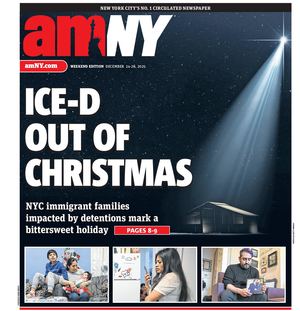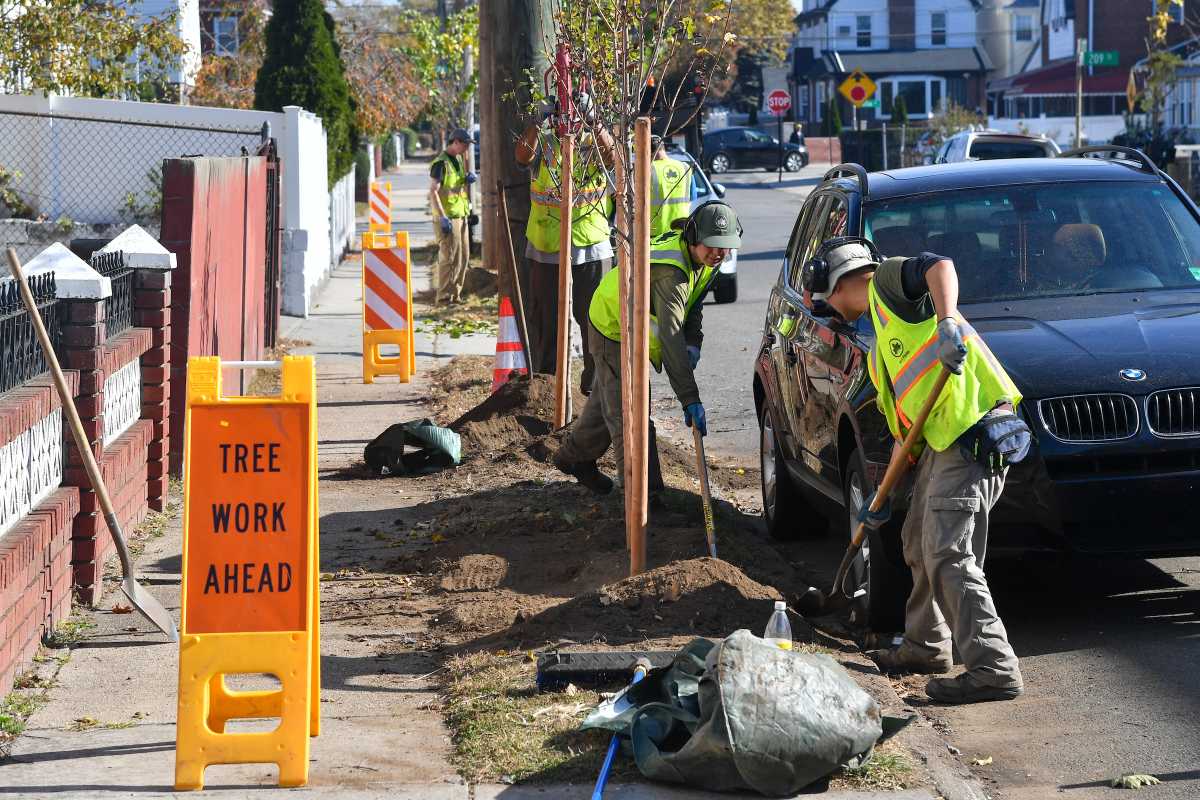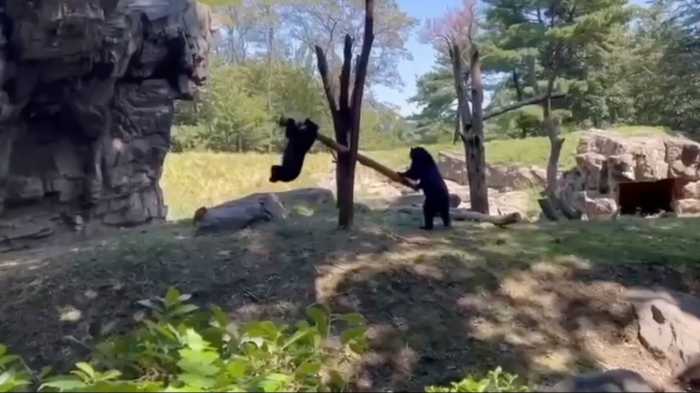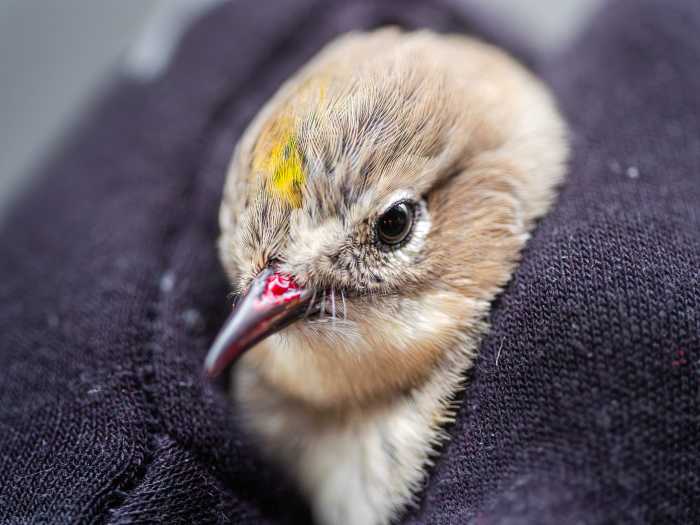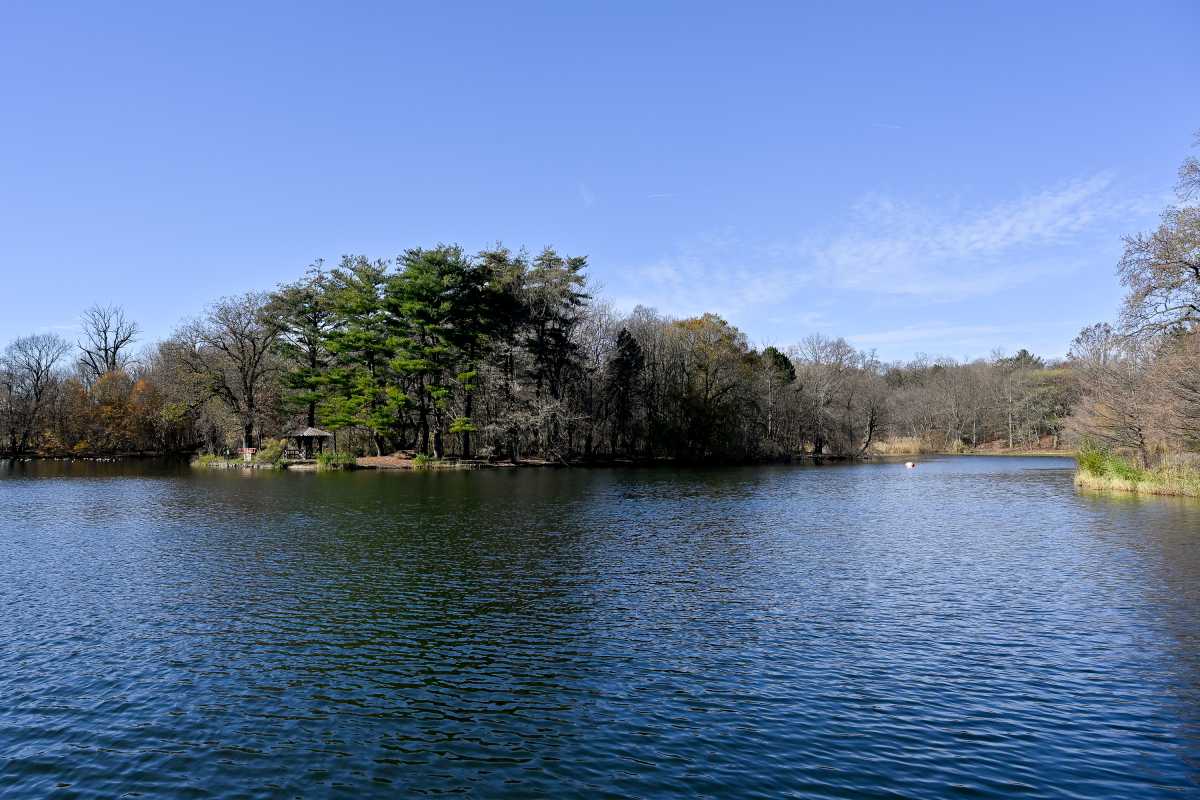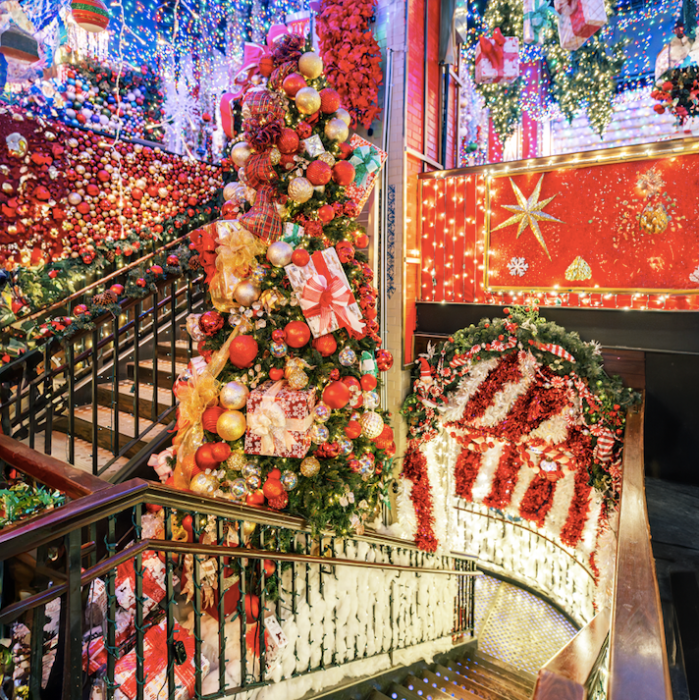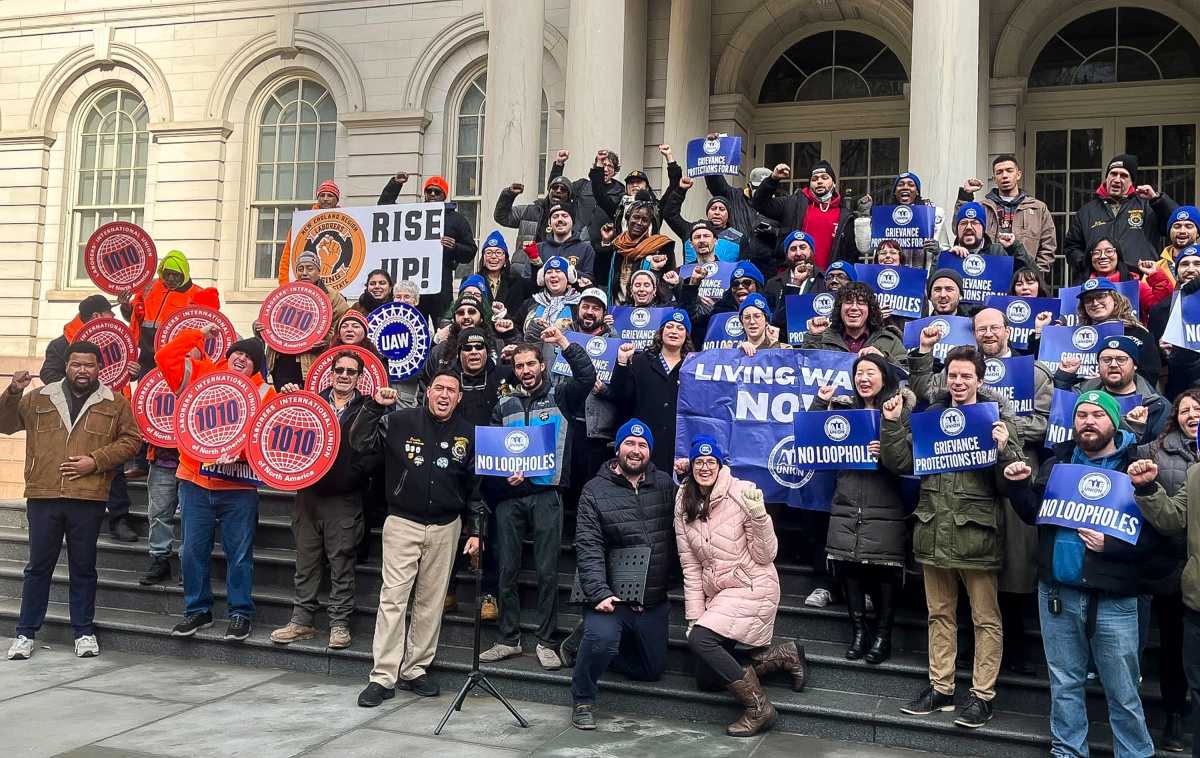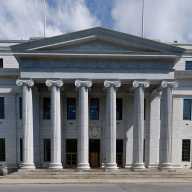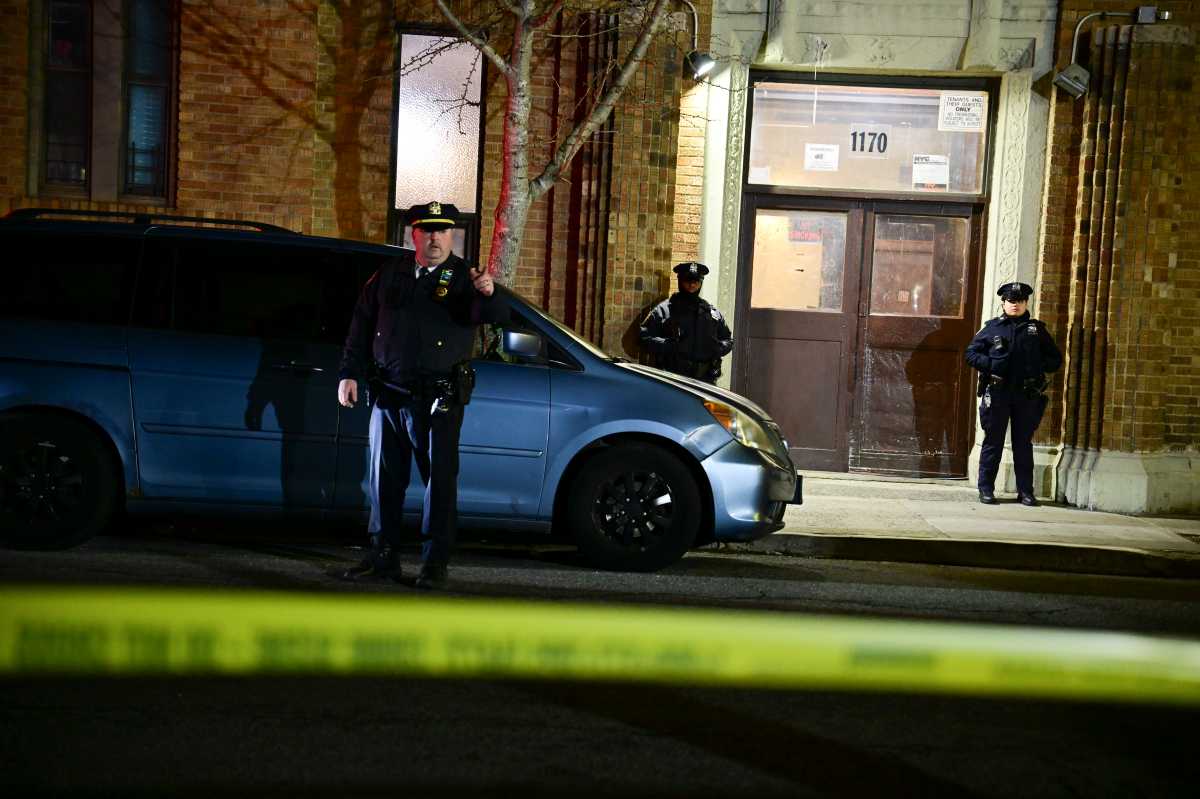NYC is making a new community development, but the focus is trees instead of buildings.
The NYC Parks Department announced on Friday a new street tree-planting initiative that will give New Yorkers more shade and less sun glare when driving.
The department will plant 18,000 trees per year through 2035, an ambitious goal that will serve each community board in the boroughs every three years. The plan is to reach 30% canopy coverage citywide without impacting response to diseased or damaged trees.
The city’s 7 million trees currently provide 22% canopy throughout the five boroughs. (Fun fact: NYC is home to more than 200 species of tree.)
While NYC Parks has always planted trees, the new initiative is different in that planting will not be based on “multiple mandates,” such as individual service requests, elected allocations and equity-based programs, that compete with the prioritization of what the city calls “heat-vulnerable neighborhoods,” areas where residents are more likely to experience heat-related illness during or following extreme heat.
According to city health data, approximately 350 New Yorkers die prematurely each summer due to heat.
Although every community board will have at least one area served on a three-year cycle, the city will prioritize these heat vulnerable neighborhoods:
- Bronx: Williamsbridge, Woodlawn, Eastchester, Edenwald, Soundview, Morris Park
- Brooklyn: Seagate, Coney Island, East Flatbush, Bushwick, Crown Heights, Flatlands, Sunset Park
- Manhattan: West Harlem, East Harlem, Lower East Side
- Queens: Hunters Point, Sunnyside, Long Island City, Elmhurst, Laurelton
As NYC experienced one of its hottest summers on record, NYC Parks Commissioner Sue Donoghue said the “sector-based” approach to street tree planting will ensure that all areas get the new plantings by 2035.
“Trees aren’t just beautiful parts of our natural environment, they’re critical tools for combatting the effects of climate change,” Donoghue said. “We are proud to roll out this innovative approach to tree planting, which will ensure that every neighborhood receives the services they need on a regular, systematic basis.”
The initiative will also include an array of street-side improvements such as the removal of dead trees and stumps.
Bill Ulfelder, New York executive director for the Nature Conservancy, said planting more trees is important for public health and improves the city overall.
“In a climate changing world, caring for and expanding the NYC urban forest is a critical strategy to protecting public health and improving quality of life,” he said. “The city’s initiative will improve tree planting services citywide and provide critical environmental benefits, especially for our most heat-vulnerable neighborhoods.”
